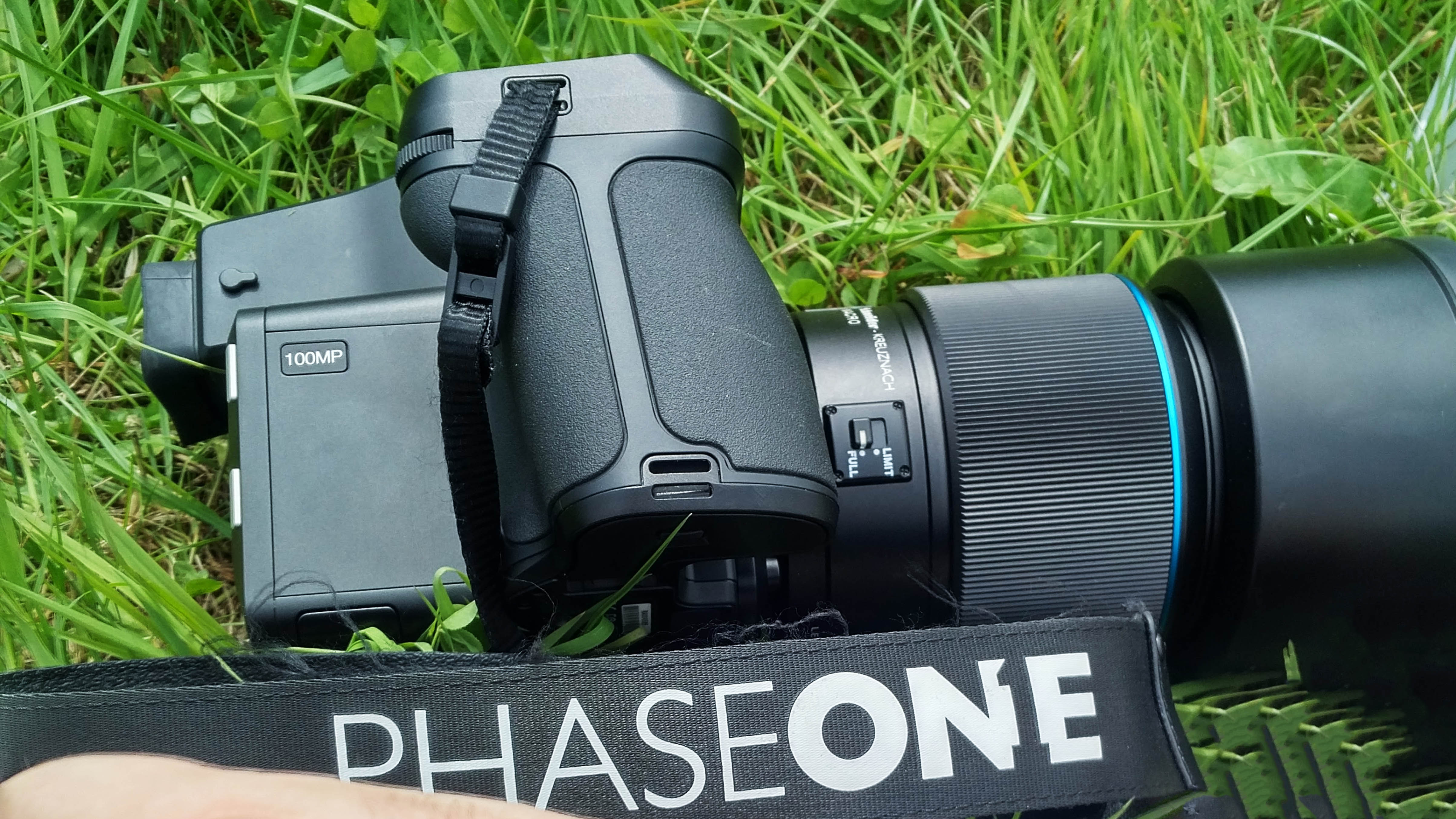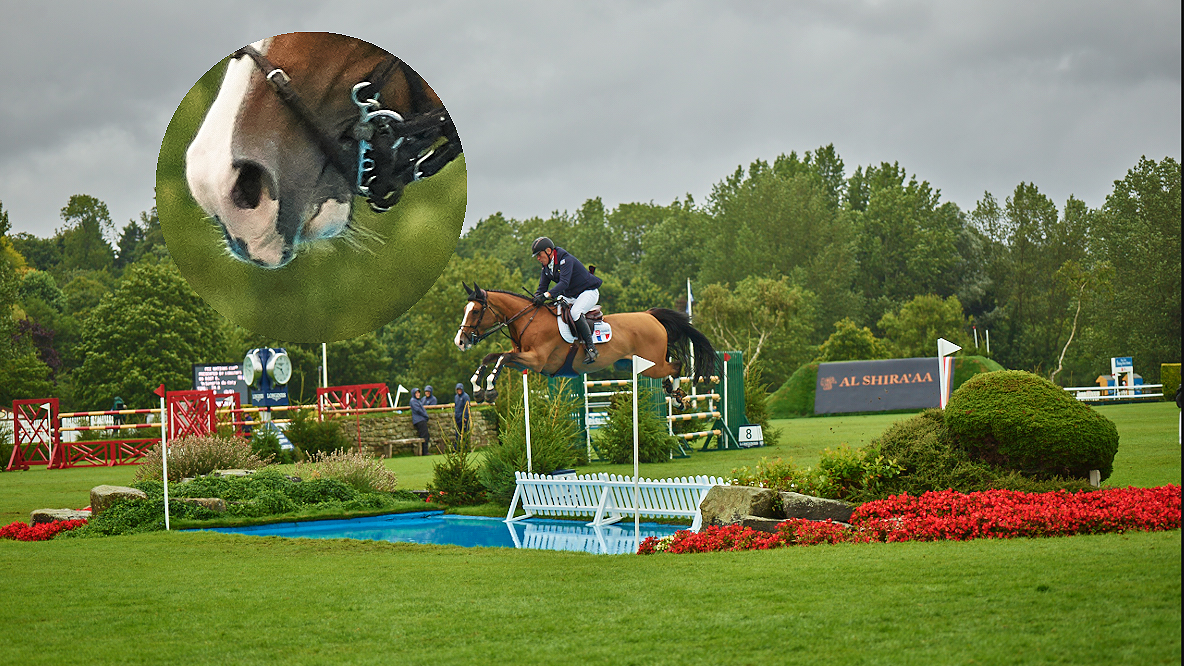
Thirty years ago, Phase One emerged as a quiet but visionary player in the world of digital imaging, and today I marvel at the journey it has taken. From humble beginnings selling StudioKit scanning backs in 1994 – that attached to medium-format cameras and recorded an image a line at a time. And then to launching the groundbreaking LightPhase one-shot back in 1998, the company set its course early on. You can see all of Phase One's product lineup from 30 years agon, all the way up to modern day in the video below:
That original LightPhase, a 6-megapixel marvel built for Hasselblad medium format roll-film bodies, marked the start of a legacy defined by quality and innovation. It wasn’t just a tool - it was an aspiration, a signal that Phase One would always push to capture reality with unmatched clarity.
As the new millennium dawned, Phase One doubled down on its commitment to excellence. The P-Series digital backs in the mid-2000s - starting with the P20, P25, and later the P45 - redefined what professionals expected: high resolution, extended ISO range, and dynamic range that previously only existed on film.
The P 65+ in 2008 emerged as the crown jewel, delivering a HUGE 60 megapixels and ISO up to 3200 - success that funded the next leap forward. Watching that evolution, I fell deeper in love with Phase One’s ethos: long-term thinking over fleeting trends.

Then came the IQ series - IQ1, IQ2, IQ3, and now IQ4, digital backs that didn’t just capture images, they delivered revolutionary workflows. From USB‑3 tethering to retina‑quality touch screens and sensor+ modes capturing up to 150‑plus megapixels, each back felt like a glimpse of the future.
I remember the IQ3’s 60‑minute exposures and power‑sharing between body and back - it felt like they knew exactly what I needed before I did. These backs weren’t incremental; they were rebirths with each new iteration.

Yet the true pinnacle is, in my heart, the XF Camera System. Launched back in 2015, it didn’t just redefine medium format - it reinvented it. With its modular design, Honeybee autofocus, upgradable OS and OneTouch interface, and seamless integration with IQ backs, the XF felt built alongside photographers, not for them.
Its robust build, long warranty, and firmware roadmap meant photographers weren't just buying a camera; they were investing in a vision that grows with shooting with the XF system - even today the XF body still gives me that thrill: this is a tool that cares - and it shows.
Thirty years on, I’m grateful. From the first pixels of the LightPhase to the precision of the XF and IQ4 combo, Phase One has crafted an image of what photography can be: soulful, uncompromising, and future‑proof.
It’s rare to find a brand that respects its past even as it races ahead, and rare still to love one so deeply. Here’s to three decades of beauty in every frame - and to however many more to come.
Check out the best digital medium format cameras available today







